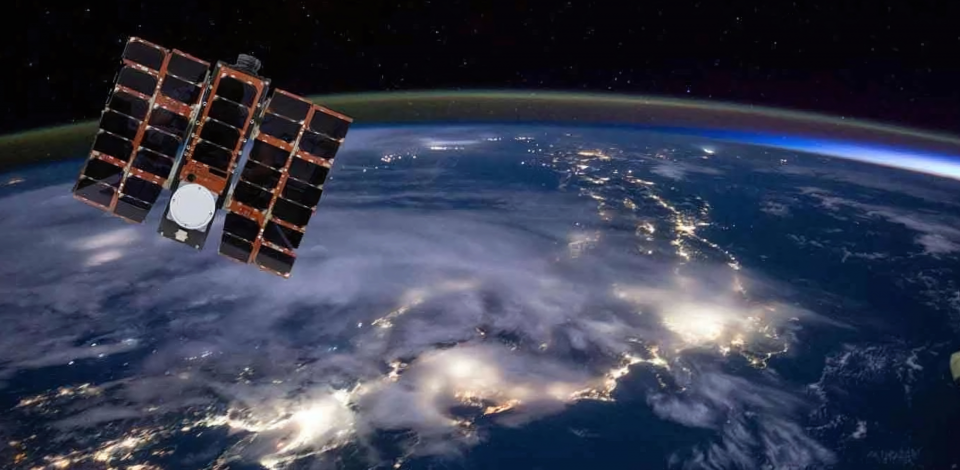
2024-03-20
Portuguese nanosatellite Aeros MH-1 already communicates with Earth
Positioned at an altitude of 510 kilometres, slightly above the International Space Station, the nanosatellite will observe the Atlantic Ocean in particular for three years. "This privileged position will allow us to analyse ocean phenomena in depth," says Thales Edisoft Portugal.
The Portuguese Aeros MH-1 nanosatellite, sent into space on 4 March, established communications with Earth this Tuesday via the Santa Maria teleport in the Azores, operated by Thales Edisoft Portugal.
In a statement, the company, which is the leader of the national consortium that designed, built and operates the device, said that Aeros MH-1 "stabilised its orbit and established essential communications" at 14:54:19 on Tuesday via the Santa Maria teleport.
According to the Thales Edisoft Portugal team working on the nanosatellite, once this phase has been completed, "operations and monitoring of the state of operation and integrity" of Aeros MH-1, "as well as its sensors", will begin before the first images are received.
Positioned at an altitude of 510 kilometres, slightly above the International Space Station, the astronauts' "home", the nanosatellite will observe the Atlantic Ocean in particular for three years.
"This privileged position will allow us to analyse ocean phenomena in depth, contributing to a better understanding of marine ecosystems and climate patterns," points out Thales Edisoft Portugal.
MH-1, a 4.5-kilogram nanosatellite whose name honours former Science Minister Manuel Heitor, considered by the consortium to be the driving force behind the project, is the second Portuguese satellite to be sent into space, after PoSat-1, a 50-kilogram microsatellite that entered Earth orbit in September 1993, but was decommissioned after a decade.
The Aeros MH-1 national consortium includes several Portuguese companies and academic institutions, joined by the Massachusetts Institute of Technology (MIT) in the United States, through the MIT-Portugal cooperation programme.
The CEiiA engineering centre in Matosinhos, one of the partners and which built the nanosatellite, will process the data and images for scientific studies.
The universities of Algarve, Porto and Minho, the Instituto Superior Técnico and Imar - Instituto do Mar, among others, are providing scientific support for the mission.
The nanosatellite, which began work in 2020, represents an investment of 2.78 million euros, co-financed by 1.88 million euros from Feder - the European Regional Development Fund.
The Aeros MH-1 was sent into space along with dozens of other small satellites aboard a Falcon 9 rocket belonging to US tycoon Elon Musk's company SpaceX.
Source: Diário de Notícias